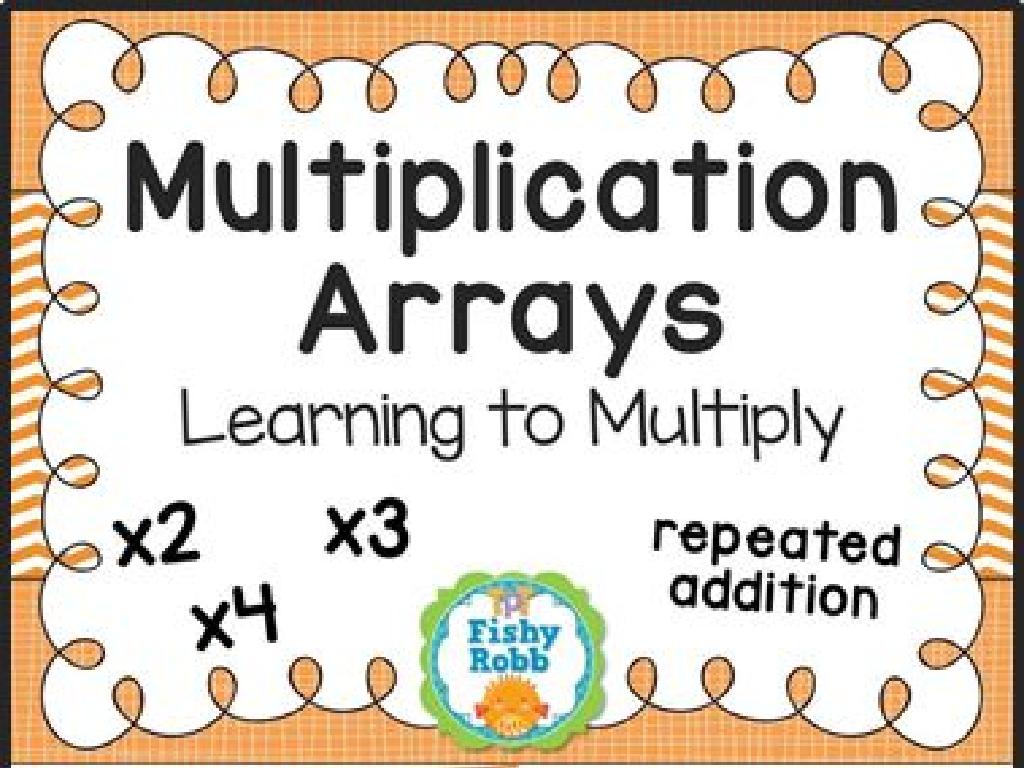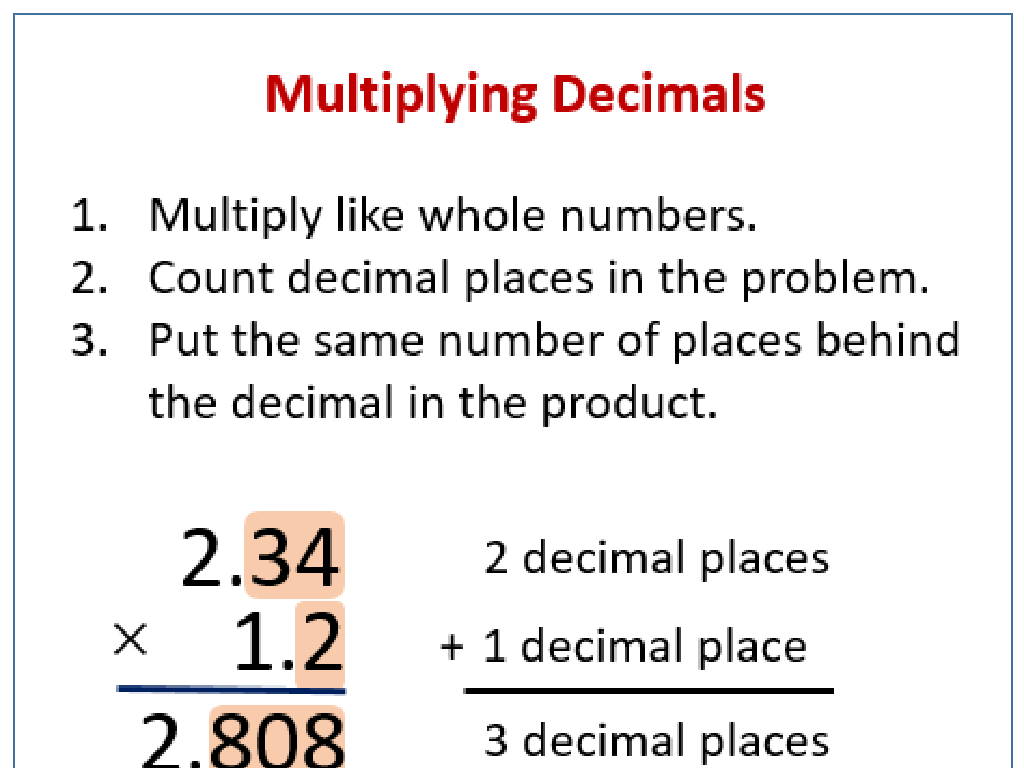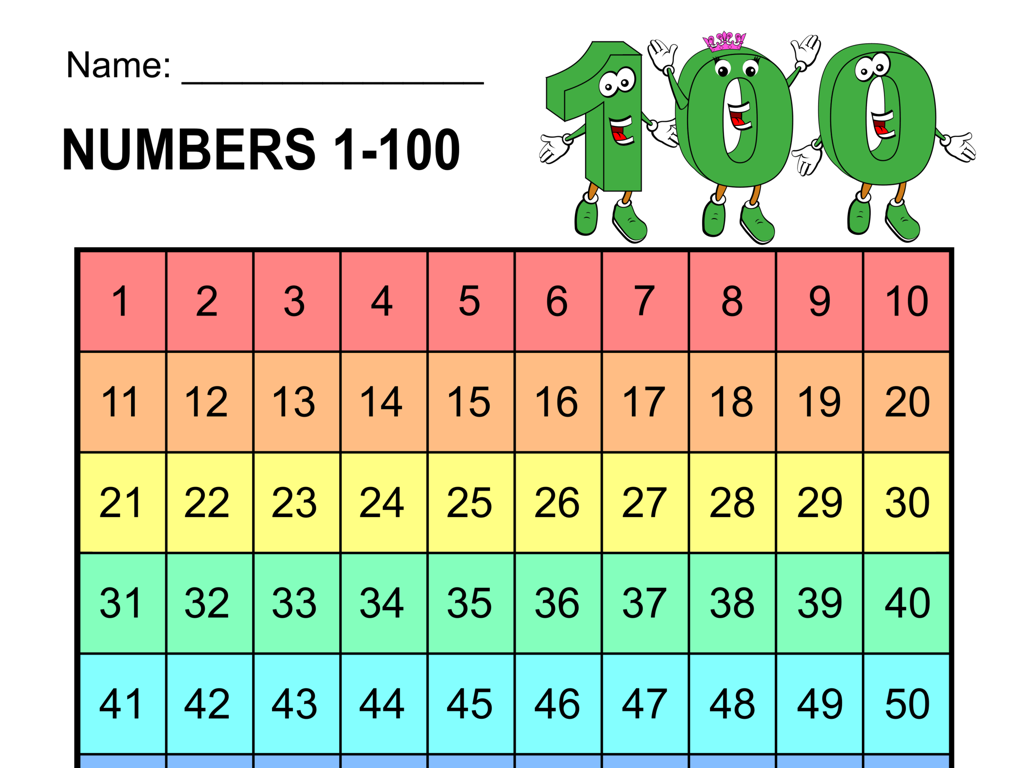Inequalities With Addition And Subtraction Of Fractions And Mixed Numbers
Subject: Math
Grade: Seventh grade
Topic: Operations With Fractions
Please LOG IN to download the presentation. Access is available to registered users only.
View More Content
Introduction to Inequalities with Fractions
– What are inequalities?
– An inequality shows how two values compare, like , d, e.
– Inequalities in daily life
– Examples: Age limits for games, or baking time for cookies.
– Reviewing fractions
– Fractions represent parts of a whole, like 1/2 of a pizza.
– Understanding mixed numbers
– Mixed numbers combine whole numbers and fractions, like 2 1/3.
|
This slide introduces the concept of inequalities and connects it to students’ understanding of fractions and mixed numbers. Begin by explaining that inequalities are statements about the relative size of two values, using symbols to show if one is larger, smaller, or equal within a range. Relate this to real-life scenarios that students encounter, such as age restrictions or cooking times, to make the concept more tangible. Then, review fractions as parts of a whole and mixed numbers as a combination of whole numbers and fractions to ensure a solid foundation before applying these concepts to inequalities. Encourage students to think of their own examples of inequalities they’ve seen or experienced.
Inequalities and Number Lines
– Visualize inequalities on number lines
– Number lines help us see the value of numbers and their relationships.
– Learn inequality symbols
– Symbols: > (greater than), < (less than), e (greater than or equal to), d (less than or equal to).
– Place fractions on number lines
– Fractions are positioned based on their value in relation to whole numbers.
– Place mixed numbers on number lines
– Mixed numbers combine whole numbers and fractions on the line.
|
This slide introduces students to the concept of representing inequalities using number lines, which is a visual tool that can help them understand the relative size of different numbers. Students will learn the symbols used to denote inequalities and practice placing fractions and mixed numbers on a number line. Emphasize the importance of understanding the value of fractions and mixed numbers to accurately represent them on the number line. Provide examples of simple inequalities and ask students to represent them on number lines. Encourage students to think of number lines as a tool for comparing the size of numbers, which is especially useful when dealing with fractions and mixed numbers.
Adding Fractions and Inequalities
– Recap adding with like denominators
– Review: Add numerators, keep the same denominator
– Add fractions with unlike denominators
– Find a common denominator before adding
– Examples: forming inequalities
– Use addition to compare fractions in inequalities
– Practice with real-world problems
|
Begin with a quick review of adding fractions with like denominators, emphasizing that students should add the numerators while keeping the denominator the same. Next, explain the process of finding a common denominator when adding fractions with unlike denominators. Provide examples that show how to form inequalities by adding fractions, such as comparing portions of pizza or lengths of ribbon. Conclude with practice problems that apply these concepts to real-world scenarios, reinforcing the practical application of inequalities in everyday life. Encourage students to explain their reasoning and to check their work by estimating the sums and comparing the sizes of fractions.
Subtracting Fractions and Inequalities
– Review subtraction with like denominators
– Recall: To subtract fractions with the same denominator, subtract the numerators.
– Learn to subtract with unlike denominators
– Find a common denominator before subtracting the numerators.
– Explore examples and form inequalities
– Use subtraction to compare fractions and express as inequalities, e.g., 3/4 – 1/2 < 3/4.
– Practice with real-world problems
– Apply what we've learned to solve problems involving fractions in daily life.
|
Begin with a quick review of subtracting fractions that have the same denominator, emphasizing that only the numerators change. Move on to the more complex concept of subtracting fractions with different denominators, highlighting the need to find a common denominator first. Provide clear examples that show how to form inequalities by subtracting fractions, ensuring students understand how to compare the sizes of fractions. Finally, engage students with real-world problems that involve subtracting fractions, which will help them see the practical applications of what they’re learning. Encourage students to practice these skills with homework problems.
Adding Mixed Numbers
– Understanding mixed numbers
– A number made up of a whole number and a fraction, e.g., 3 1/2
– Steps for addition of mixed numbers
– Convert to improper fractions, find common denominators, add, and simplify
– Example: Adding 3 1/2 and 2 2/3
– Convert to 7/2 and 8/3, common denominator 6, add to get 41/6 or 6 5/6
– Practice with class problems
|
Begin by explaining what mixed numbers are, using visual aids if possible. Then, demonstrate the steps to add mixed numbers: converting them to improper fractions, finding a common denominator, and then adding and simplifying the result. Work through an example problem on the board, such as adding 3 1/2 and 2 2/3, to show these steps in action. Finally, provide practice problems for the class to solve, ensuring a variety of difficulty levels to cater to all students. Encourage students to work in pairs or groups to foster collaborative learning.
Subtracting Mixed Numbers
– Steps for subtracting mixed numbers
– Convert to improper fractions, find common denominators, subtract, simplify.
– Understanding borrowing in subtraction
– Sometimes you need to borrow from the whole number; remember to adjust the fraction.
– Solve subtraction problems
– Example: 5 2/3 – 2 5/6 = ? Convert and subtract.
– Review with practice problems
– Try practice problems to master subtraction of mixed numbers.
|
This slide introduces the concept of subtracting mixed numbers, a key skill in understanding inequalities with fractions. Start by explaining the steps to convert mixed numbers to improper fractions and finding a common denominator before subtracting. Emphasize the importance of borrowing when the fractional part of the minuend is smaller than the subtrahend’s. Provide a clear example on the board and walk through the process step by step. Conclude with practice problems, ensuring students understand the concept by solving different types of subtraction problems involving mixed numbers. Encourage students to ask questions if they encounter difficulties during the practice.
Solving Inequalities with Fractions
– Apply addition/subtraction to inequalities
– Use inverse operations to isolate the variable, e.g., x + 3/4 > 1/2
– Check solutions of inequalities
– Substitute the solution back into the original inequality to verify
– Avoid common mistakes
– Don’t forget to flip the inequality sign when multiplying or dividing by a negative
– Practice with examples
– Solve sample problems: 2/3 – x 7 3/4
|
This slide aims to teach students how to solve inequalities involving the addition and subtraction of fractions and mixed numbers. Emphasize the use of inverse operations to isolate the variable, and the importance of checking solutions by substituting them back into the original inequality. Highlight common mistakes, such as forgetting to flip the inequality sign when multiplying or dividing by a negative number. Provide practice examples and encourage students to solve them step by step, ensuring they understand each part of the process. This will help solidify their understanding and ability to solve similar problems independently.
Class Activity: Inequality Challenge
– Pair up and solve problems
– Share solutions with the class
– Discuss different approaches
– How did your solution compare with others?
– Reflect on learning outcomes
– What did we learn from this activity?
|
This activity is designed to foster collaborative problem-solving skills among students. They will pair up to work on inequalities involving the addition and subtraction of fractions and mixed numbers. After solving the problems, each pair will share their solutions with the class, providing an opportunity for students to communicate their mathematical thinking. Following the presentations, the class will engage in a group discussion to explore the different methods used to solve the inequalities. This will help students see the variety of ways to approach a problem and understand the value of different perspectives. As a teacher, facilitate the discussion to ensure that all students are engaged and encourage them to reflect on what they’ve learned from the activity. Possible activities for different pairs could include solving inequalities with different levels of complexity, using word problems, or applying the inequalities to real-life scenarios.
Wrapping Up: Inequalities & Fractions
– Recap of inequalities with fractions
– Practice is key to mastery
– Regular practice solidifies understanding
– Homework: Inequality practice problems
– Solve assigned problems to reinforce today’s lesson
– Next class: Q&A and review
– Bring any questions for clarification
|
As we conclude today’s lesson on inequalities involving addition and subtraction of fractions and mixed numbers, it’s crucial to emphasize the importance of practice. Homework has been assigned to provide students with the opportunity to apply what they’ve learned. Encourage them to attempt all the problems and remind them that making mistakes is a part of the learning process. In the next class, we will have a Q&A session to address any difficulties encountered in the homework, followed by a review to ensure a solid understanding of the concepts before moving on.






